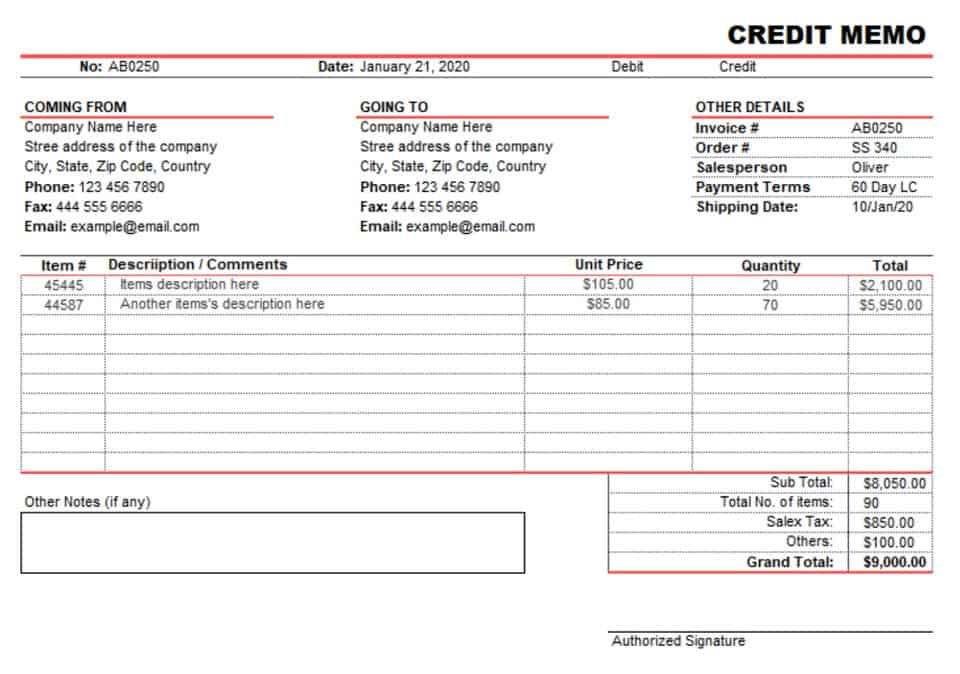
Therefore, it is important for small businesses to allocate their resources in a proper way and improve their cash management. If this figure would have been negative, it would indicate that Jack and Co. did not have sufficient funds to pay off its current liabilities. Also, the Net Working Capital indicates the short-term solvency of your business. It helps your creditors to know your liquidity position before supplying goods or services on credit to you . As mentioned above, the Net Working Capital is the difference between your business’s short-term assets and short-term liabilities. Still, it’s important to look at the types of assets and liabilities and the company’s industry and business stage to get a more complete picture of its finances.

How to Find Change in NWC on Cash Flow Statement (CFS)
- There we can be facing another situation where current liabilities are just covered.
- Working capital, also called net working capital, is the amount of money a company has available to pay its short-term expenses.
- For instance, suppose a company’s accounts receivables (A/R) balance has increased YoY, while its accounts payable (A/P) balance has increased under the same time span.
- You then take last year’s working capital number and subtract it from this year’s working capital to get change in working capital.
- Simply put, Net Working Capital (NWC) is the difference between a company’s current assets and current liabilities on its balance sheet.
- It encompasses current assets such as cash, inventory, and accounts receivable, minus current liabilities like accounts payable and short-term debt.
Therefore, you need to check the credit score of your customers before entering into any sort of agreement with them. As mentioned above, a shortfall in the Net Working capital can have a negative impact on your business. However, you may assume that taking a loan or using a credit line are the ways by which you can resolve the challenge of the inadequacy of the Net Working Capital. Besides the above ratio, you can also use another ratio that compares the Net Working Capital of your business to its total assets.
- We’ll now move to a modeling exercise, which you can access by filling out the form below.
- Scrutinize the workflow to identify processes suitable for automation, thereby enhancing overall efficiency and contributing to improved working capital management.
- Since Paula’s current assets exceed her current liabilities her WC is positive.
- In simple terms, working capital is the net difference between a company’s current assets and current liabilities and reflects its liquidity (or the cash on hand under a hypothetical liquidation).
- Thus, your short-term creditors always prefer that you maintain current assets higher than your current liabilities.
- For example, if it takes an appliance retailer 35 days on average to sell inventory and another 28 days on average to collect the cash post-sale, the operating cycle is 63 days.
Negotiate favorable payment terms with suppliers
The change in NWC comes out to a positive $15mm YoY, which means the company retains more cash in its operations each year. In fact, cash and cash equivalents are more related to investing activities, because the company could benefit from interest income, while debt and debt-like instruments would fall into financing activities. The reason is that cash and debt are both non-operational and do not directly generate revenue. If the change in NWC is positive, the company collects and holds onto cash earlier. However, if the change in NWC is negative, the business model of the company might require spending cash before it can sell and deliver its products or services. Net working capital can also give an indication of how quickly a company can grow.
- In financial accounting, working capital is a specific subset of balance sheet items and is calculated by subtracting current liabilities from current assets.
- A company’s balance sheet contains all working capital components, though it may not need all the elements discussed below.
- That is it reflects the portion of your current assets financed with the long-term funds.
- Change in net working capital is an important indicator of a company’s financial performance and liquidity over time.
What is the Difference Between FCFF and FCFE?
Current liabilities include accounts payable, trade credit, short-terms loans, and lines of credit. Essentially, working capital is the amount of money a company has available to pay its short-term expenses. Yes, working capital can be zero if a company’s current assets match its current liabilities.
Is Negative Working Capital Bad?

Generally, the larger your net working capital balance is, the more likely it is that your company can cover its current obligations. To find the change in Net Working Capital (NWC) on a cash flow statement, subtract the NWC of the previous period from the NWC of the current period. This calculation helps assess a company’s short-term liquidity and operational efficiency. It reflects the fluctuations in a company’s short-term assets and liabilities. It shows how efficiently a company manages its current resources, such as cash, inventory, and accounts payable. Positive changes indicate improved liquidity, while negative changes may suggest financial strain.
Net working capital and working capital ratio example
Understanding how to calculate and interpret net working capital is fundamental for effective financial management and decision-making within a business. However, this can be confusing since not all current assets and liabilities are tied to operations. For example, items such as marketable securities and short-term debt are not tied to operations and are included in investing and financing activities instead. In simple terms, working capital is the net difference between a company’s current assets and current liabilities and reflects its liquidity (or the cash on hand under a hypothetical liquidation). A company with more operating current assets than operating current liabilities is considered to be in a more favorable financial state from a liquidity standpoint, where near-term insolvency is unlikely to occur. Net Working Capital (NWC) measures a company’s liquidity by comparing its operating current assets to its operating current liabilities.

Automate invoicing to enhance efficiency
- Understanding changes in cash flow is also important if you are applying for a small business loan.
- Alternatively, it could mean a company fails to leverage the benefits of low-interest or no-interest loans.
- Working capital is a core component of effective financial management, which is directly tied to a company’s operational efficiency and long-term viability.
- Also, it indicates how much of the long term funds you need to fund your current assets.
By submitting this form, you consent to receive email from Wall Street Prep and agree to our terms of use and privacy policy. We’ll now move on to a modeling exercise, which you can access by filling out the form below.
Growth Rate
The Change in Net Working Capital (NWC) measures the net change in a company’s operating assets and operating liabilities across a specified period. Free Cash Flow to the Firm (FCFF) represents the cash generated by a company that’s available to all stakeholders, including equity and debt holders. In other words, it is pre-debt cash flow that has only factored in reinvestment and taxes but not interest and debt payments. If a company’s change in NWC increased year-over-year (YoY), a negative sign is placed in front to reflect that the company’s free cash flow (FCF) is reduced because more cash is tied up in operations.
How to Interpret Negative Net Working Capital
In the absence of further contextual details, negative net working capital (NWC) is not necessarily a concerning sign about the financial health of a company. As for accounts payables (A/P), delayed payments to suppliers and vendors likely caused the increase. If calculating free cash flow – whether on an unlevered FCF or levered FCF basis – an increase in the change in NWC is subtracted from the cash flow amount. Agicap’s cash flow management software empowers you to automatically pull in and consolidate your cash flow data from all sources without any errors. Using the cash management tool, you can quickly categorize your cash flows, calculate FCFE, and track key trends.
Lenders and investors will often look at both working capital and changes in working capital to assess a company’s financial health. Wide swings from positive to negative working capital can change in nwc calculation offer clues about a company’s business practices. A business owner can often access more attractive small business loan rates and terms when the firm has a consistent working capital policy.


